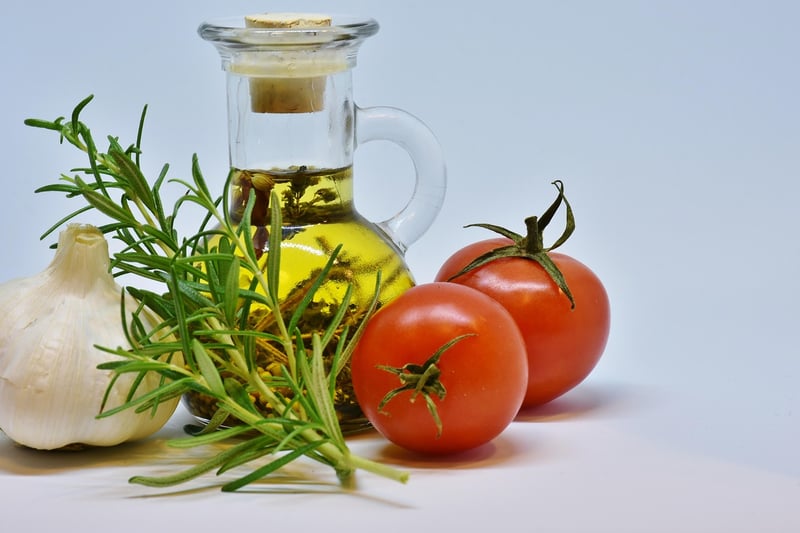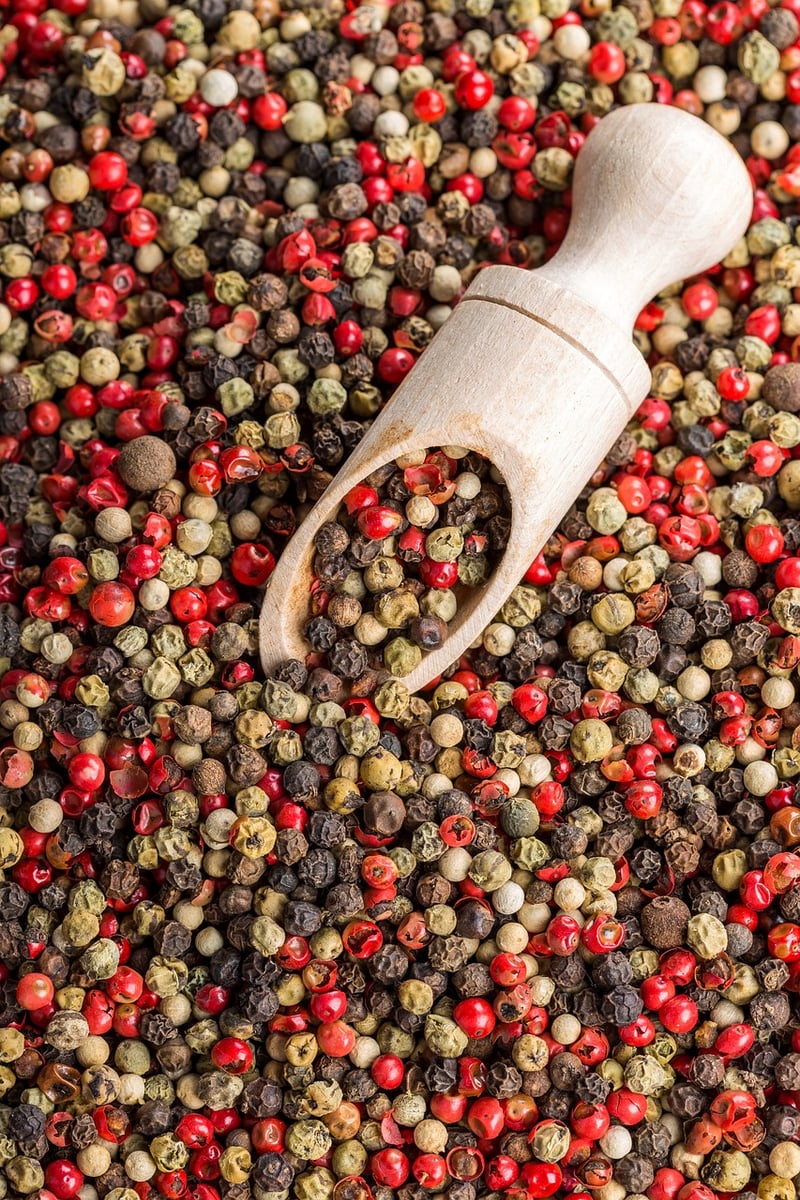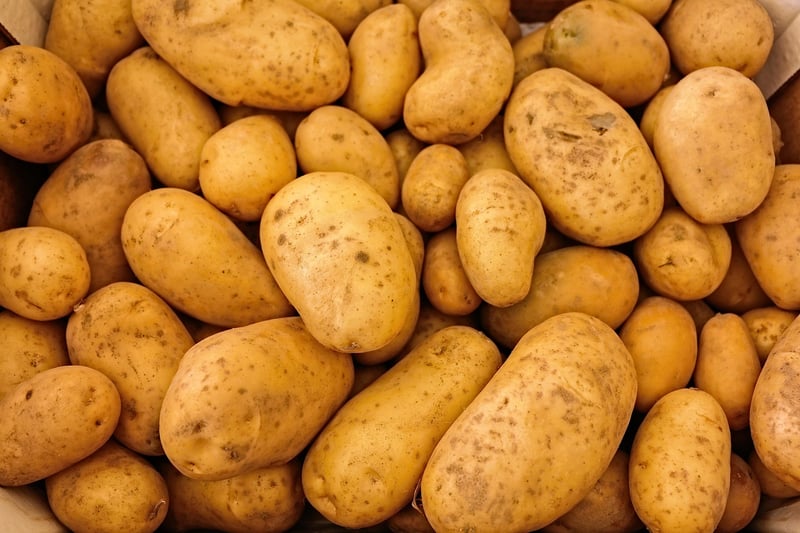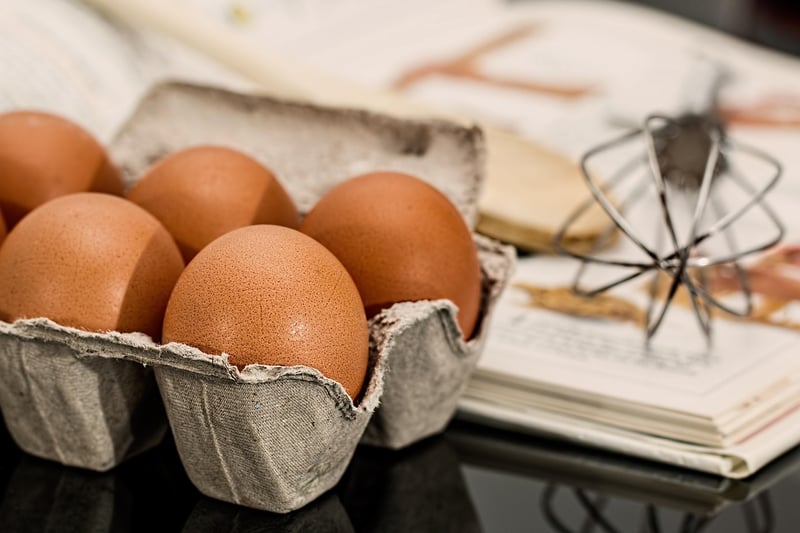Culinary History
The Art of Food: Exploring Culinary Traditions and History
Food is not just sustenance; it is a reflection of culture, history, and tradition. The culinary world is a vast tapestry woven with the threads of different traditions and histories, each dish telling a unique story. Let's embark on a journey to explore the rich tapestry of food traditions and culinary history.
Exploring Culinary Traditions
Every culture around the world has its own unique culinary traditions that have been passed down through generations. These traditions often stem from a region's climate, agriculture, and historical influences. From the fiery spices of India to the delicate sushi of Japan, each tradition offers a glimpse into the soul of a community.
The Mediterranean Diet
One of the most well-known culinary traditions is the Mediterranean diet. This diet is not just about the food but also the lifestyle that surrounds it. With an emphasis on fresh fruits, vegetables, whole grains, and olive oil, the Mediterranean diet is not only delicious but also incredibly healthy.

Unraveling Culinary History
Culinary history is like a time machine that allows us to taste the flavors of the past. It shows how trade routes, conquests, and migrations have influenced the way we eat today. From the spice trade that shaped world cuisines to the fusion of flavors in colonial kitchens, culinary history is a fascinating journey through time.
The Silk Road
The Silk Road was not just a trade route for silk; it was a culinary highway that connected the East to the West. Spices like cinnamon, pepper, and ginger traveled along this route, transforming the cuisines of different regions and creating new culinary traditions.

Preserving Culinary Heritage
As we embrace modernity, it is essential to preserve our culinary heritage. Traditional recipes, cooking techniques, and food rituals are like heirlooms that need to be passed on to future generations. By preserving our culinary heritage, we not only honor our ancestors but also keep our cultural identity alive.
The Slow Food Movement
The Slow Food movement is a global initiative that promotes local, sustainable, and traditional food practices. It aims to preserve culinary traditions, support small-scale farmers, and celebrate the joy of sharing a meal with loved ones. By supporting the Slow Food movement, we can ensure that our culinary heritage thrives for years to come.

Embark on your own culinary journey by exploring different food traditions and delving into the rich tapestry of culinary history. Let each dish you taste be a chapter in the story of humanity's shared love for good food.
